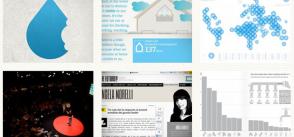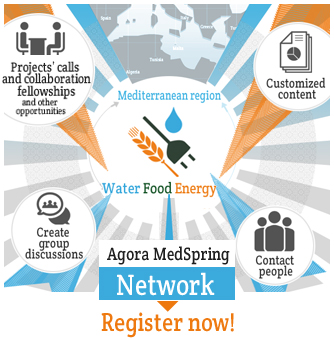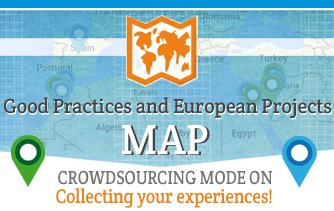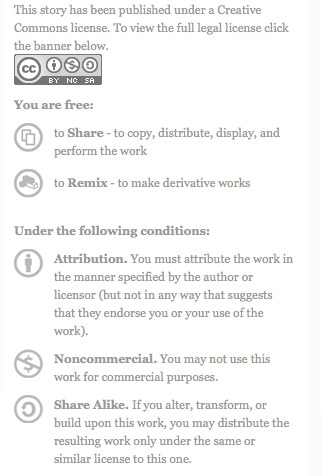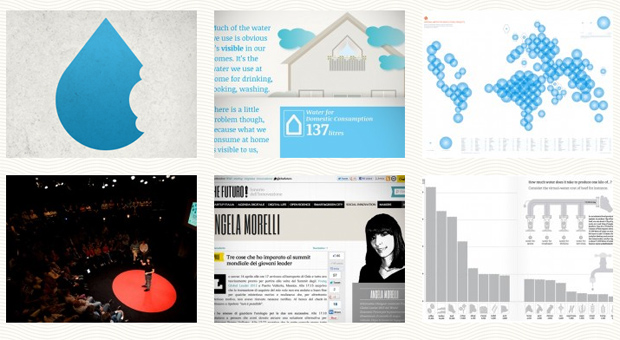
The journey of Communicating Science
Five years ago I fell in love with the concept of virtual water. That concept took me on an amazing journey that led to major discoveries: our hidden demands on water, the power of information design and the importance of communicating science.
Architect, designer, educator Richard Saul Wurman defines Information Design as the design of understanding. The ultimate goal of Information Design is communicating effectively and providing the recipient with a basis from which decision, action and change can follow.
With scientific knowledge such as water footprint, virtual water, climate change and sustainable consumption, the design of effective communication and understanding is vital in order to support action - but it is not sufficient. It is not sufficient because action and change result from a complex process in which not only cognition but also emotions play a major role.
As human beings we are members of groups and the emotional stake we have in affirming membership of those groups influences how we understand and accept the evidence on scientific issues, including the evidence supported by scientific consensus. This factor will affect how an audience perceives the information being communicated.
Professor Dan Kahan of Yale University suggests there are two communication channels where scientists need to be aligned with their audience when communicating science. One is content: you want to convey the information and to do so in a way that is comprehensible to a person who is not an expert.
The second channel is meaning: your audience will be assessing the information unconsciously - assessing how it is going to affect their life and the membership of their social group. If the information coming along the meaning channel is not threatening them, they will be more open-minded. If they perceive that accepting the evidence means to denigrate their way of life, their belonging to a group, their social settings, they are going to turn off and react in a closed-minded way.
We are not going to win simply by pouring more and more facts on our audience, no matter what degree of scientific literacy or numeracy they have. We have to communicate with people through telling the story in a way that is both clear and has meaning for their way of life.
Arthur Lupia Professor in Political Science at the University of Michigan tells an interesting story called a Walk in the Woods. Suppose that when you were young you lived near some woods and you spent a lot of time in these woods. As an adult no one would doubt you are an expert of the woods. One day you and your best friend decide to have a walk in the woods. There is a rainstorm. The wind is blowing terribly hard, the sound of the rain is almost making impossible to hear your friend. You and your friend get separated. You know the woods pretty well so you manage to get home safely, but your friend is trapped there. Now it is your job to get your friend out of the woods. You might think: ‘Who better than me could save my friend, after all none would doubt that I am an expert on the woods’. But here is the problem: to get your friend out of the woods there are two things you have to know: one is the woods and the other one is where your friend is.
The problem when we become expert in any discipline is that we make assumptions about where our friends are. So we start yelling: ‘Take three steps to the left’ and our friends are walking against a tree or falling in the rivers, because we do not really know how they see things, we do not really know where they are starting from, therefore the direction we give, the science we are trying to convey is not connecting because it is not hitting people where they are.
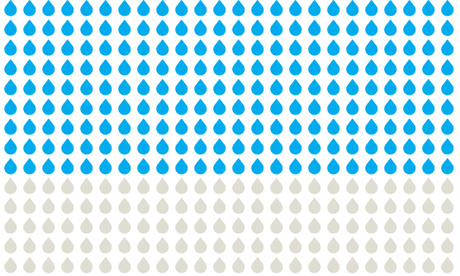
References
The problem is not our audience the problem is often us, trying to communicate our message to people we do not know or we do not care enough about, people we do not embrace in the process of building our message and our design, people whose behaviour and cognitive abilities are far more complex, rich, surprising than any persona-role template could safely display in our office.
Above all, the problem is that we often forget that interest, beauty, passion can defy all rules of memorization, learning and processing and that engagement is a bridge between understanding and action.
---
If you want to know more about our invisible water consumption, check out these videos:
[TEDxOslo - Angela Morelli: The Global Water Footprint of Humanity | Language: English]
[La7 - Angela Morelli: L'acqua invisibile | Language: Italian]
